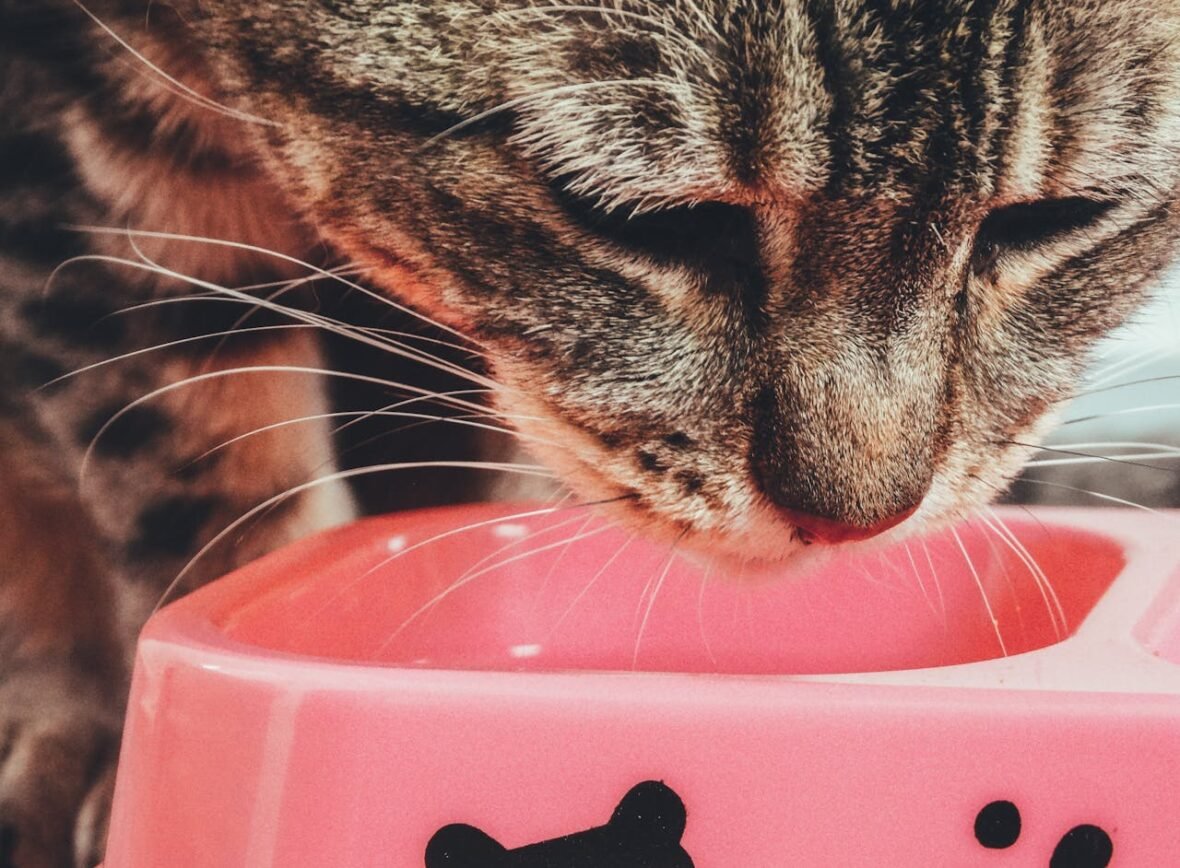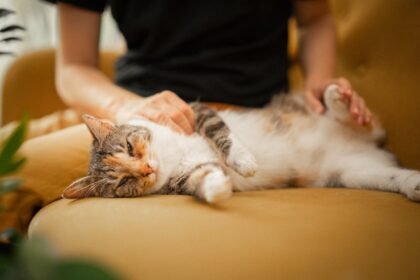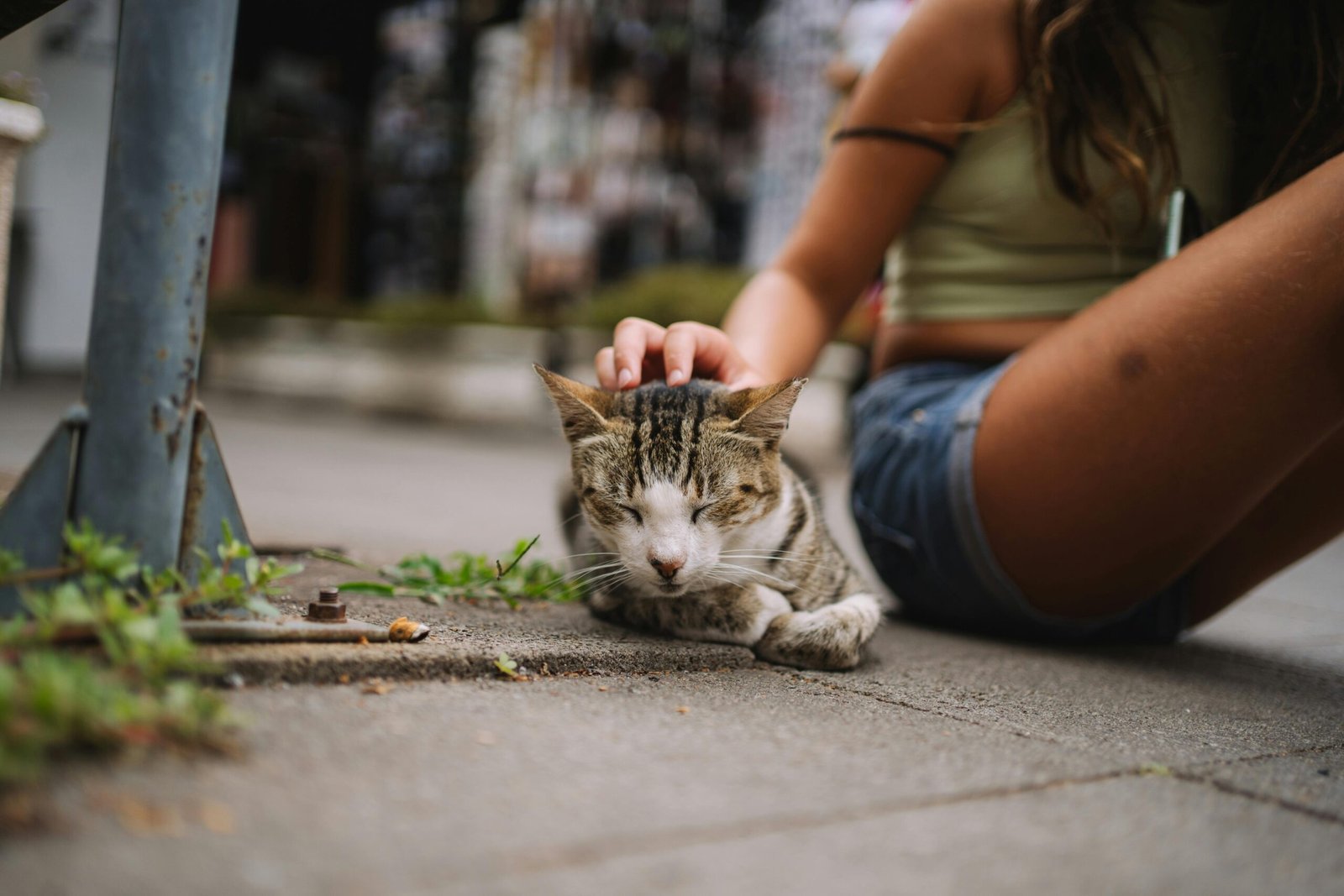In order to understand Feline Diabetes, you must understand how their body normally processes sugar.
The cells in their body require a fuel source, commonly fat or sugar in order to conduct daily activities. Some tissues use the fuel depending on the situation, some tissues like the brain and nervous system depend exclusively on sugar as fuel. The sugar used is known as glucose. This is the main sugar found in blood, also known as blood sugar. Glucose comes from diet mainly from starches and sugars they eat.
Tissues cannot absorb glucose without insulin. Insulin is the hormone that tissues depend on to metabolize sugar. This hormone is produced by the pancreas, located alongside the stomach and small intestine. When the sugar gets inside the tissues, it would be burned for fuel or stored energy. However without the insulin being produced the sugar stays in the bloodstream unable to be used by the body.
The effects of blood sugar are important. Having extremely low blood sugar can cause tremors, seizures, weakness, collapse, confusion, extreme hunger, and incoordination. Extremely high blood sugar can cause seizures, circling, pacing, weakness, coma, and incoordination. Both are emergency situations, and you should see your veterinarian or an emergency hospital immediately. Insulin dose should only be altered with veterinary supervision.
With cats there can be a resistance, not enough, or lack of insulin. Without insulin the sugars are floating in the bloodstream at high volumes, and will be flushed out through the urine. This will cause excessive thirst and urination.
Most cats start off as non insulin dependent, meaning they can get away with diet and sometimes oral medications. Insulin is typically given by a syringe under the skin. Some insulins can be available from local pharmacies and some are only available from veterinary pharmacies.
Cats with diabetes can sometimes achieve remission, meaning they may no longer require insulin injections. Several factors influence the possibility of remission, including the type of insulin administered, the cat’s dietary adjustments, and the duration of the feline diabetes. Early recognition of hypoglycemia is crucial, as it can be an initial indicator of remission.
Disclaimer: The information provided in this article is for general knowledge and educational purposes only. It is not intended to be a substitute for professional medical advice, diagnosis, or treatment.
Sources:
Veterinary Partner Powered By VIN
Photo by Romina BM: https://www.pexels.com/photo/close-up-shot-of-a-cat-5822458/




